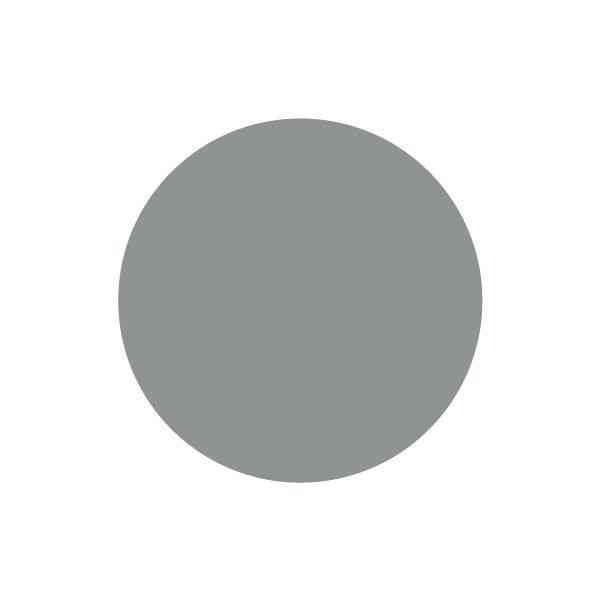

Shopping for hand-made rugs in Seattle can be confusing, which understandably, makes your average consumer less than confident about making a rug purchase.
Today we will go over some of the most popular myths and talk about what is true and what isn't, we'll try to give you the information you need to feel confident about buying a hand-made rug in Seattle.
This myth is a little less cut and dry. Old is a relative term, 30 or 40 years may seem old us, but for a rug, that is on the younger side. The term antique is only given to rugs that have acquired the age of 100 years or more, and typically it is only these rugs that start to acquire value rather than deteriorate in value.
When comparing the relative value of old and new rugs, of the same quality, it is helpful to consider the difference between "value" and "cost". Value is what a consumer believes a product is worth to them, cost being the amount spent to obtain a product. Generally, with Oriental rugs that are less than 100 years old, their value is going to be less than what it would cost to purchase a new rug of the same quality. So in looking at it that way, the majority of old rugs are going to be less "valuable" than new rugs of the same quality. In the same sense, Oriental rugs that are over 100 years old generally begin to acquire value, meaning over time they have gained desirability, rarity, or importance etc., which can then mean the exact opposite - antique rugs can have more value than new rugs of the same quality. Remember that we are speaking of rugs of the same quality - meaning an old hand knotted Oriental rug versus a new hand knotted Oriental rug. When you are speaking of different rug qualities (i.e. hand tufted, hand hooked, machine made) these same value rules may not apply.
In part because of the current and past US sanctions on Iran it's easy to understand how this myth has gained footing, but it is not at all accurate.
In 1979 when President Jimmy Carter instituted the first trade sanctions on Iran, this left an opening in the hand-made rug market, allowing for new weaving facilities, in countries like China, India, Pakistan, and Afghanistan, to develop. Although early rug production from these countries may not have met the quality level of the Persian rugs, over time their quality has improved and in present time you can easily find high quality, hand made Oriental rugs from all over the world. You can even find new rugs, hand made with natural dyes and hand spun wool, the same way rugs were made thousands of years ago.
Several new Oriental rugs have been pre-aged in some way, but it is not done to confuse the buyer but rather to add appeal to the rug.
New rugs (possibly up to 90% of new rugs on the market) are given a wash in a chemical solution (usually containing chlorine) to tone down their colors and give the wool a beautiful luster.
Other aging techniques include herbal washes made from a combination of tea and henna, madder (a natural dye) washes, sun fading, blow-torching, extreme clipping and some rugs are even spread out in the streets.
Regardless of how a rug is artificially aged, a reputable rug dealer will never mislead a customer into thinking that a new "antiqued" rug is actually an old rug. All new rugs are made to fill a demanding market.